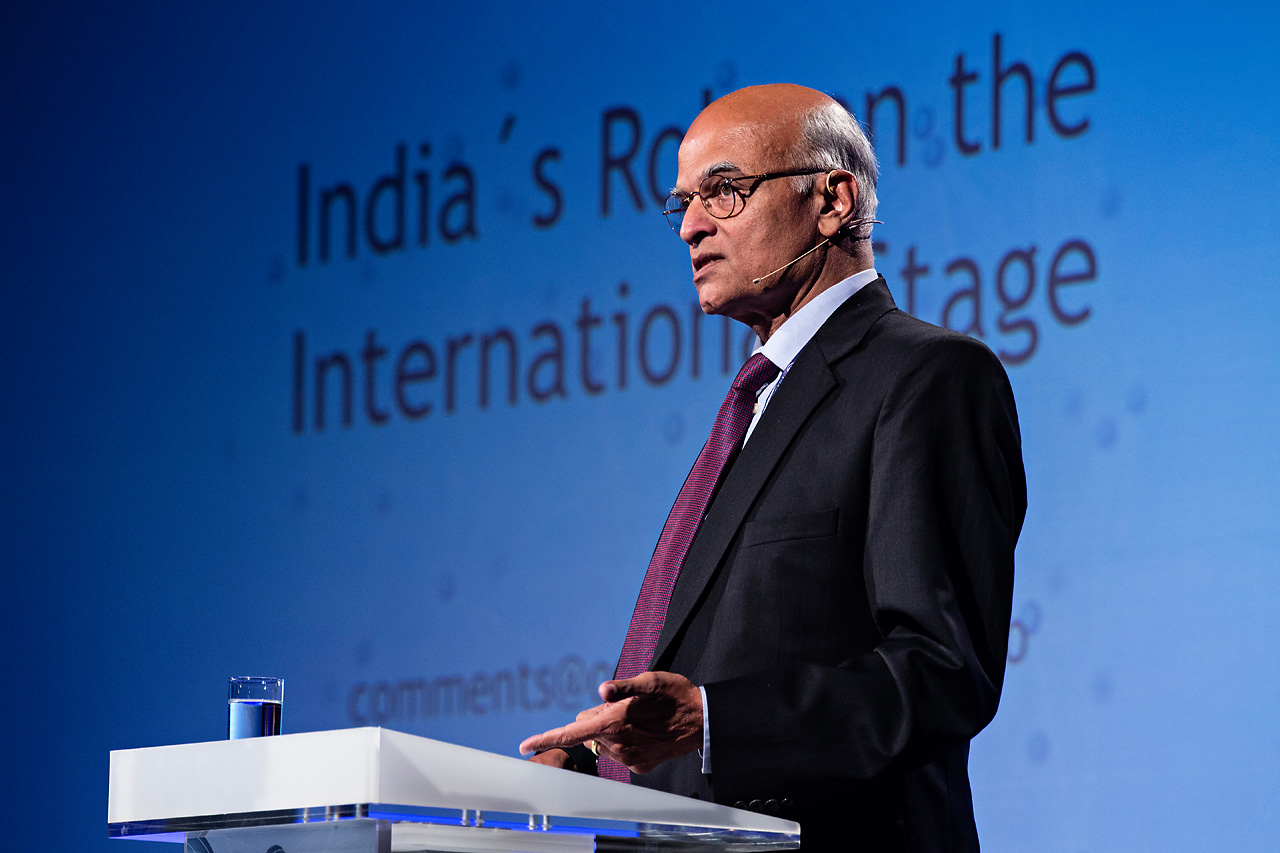 Moscow will continue to expand its economic and financial cooperation with North Korea, which in recent years has included transportation networks, fuel supplies and employment.
Moscow will continue to expand its economic and financial cooperation with North Korea, which in recent years has included transportation networks, fuel supplies and employment.
Russia, which sees its growing ties with North Korea as another way to build leverage it can use in negotiations with the West, will not wield that influence just yet.
While it cannot replace China as North Korea’s primary partner, Russia is developing the capacity to play spoiler to many U.S. plans to increase pressure on North Korea.
As North Korea's relationship with China grows more difficult, Russia has increased its focus on the Korean Peninsula, ready to forge stronger ties with its isolated neighbor. Beijing is considering increasing pressure on North Korea to dial back its nuclear weapons program, and Russia stands ready to take advantage of the conflict. But though deepening its involvement with North Korea could equip the Kremlin with additional tools to use in its wider confrontation with the West, Russia could not hope to match Chinese influence in North Korea. Yet, Russia could still limit the pressure China is able to exert on North Korea.

















